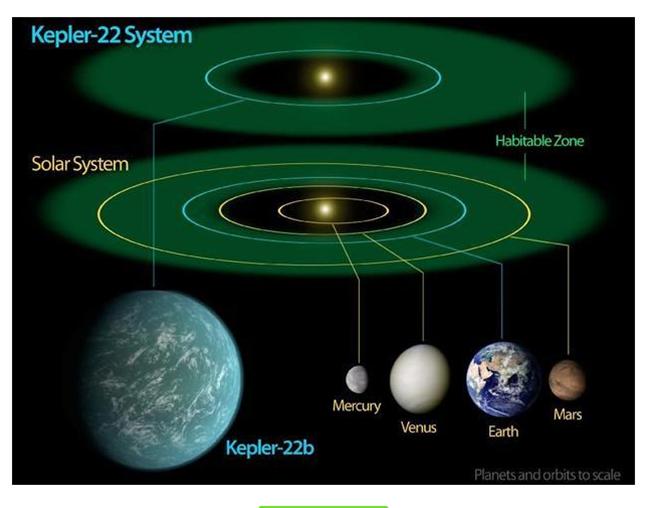
----------------

The promise that the 20 districts in Bangkok which remain dry would not flood was now hardly credible, according to a lecturer from King Mongkut Institute of Technology Lat Krabang with expertise in water and flood management.
Drainage of flood water on both sides of the capital was disproportionate compared to the colossal mass of water threatening the capital, he said.
An attempt to drain flood water towards the east of Bangkok was in difficulty, as the eastern areas were higher than the inner city, and water tended to flow west. But the network of canals and drains in Bangkok's west were not able to cope with the volume of water, Asst Prof Khomsan Maleesee, of the KMITL's Faculty of Engineering, said.
Saen Saeb canal in eastern Bangkok was not capable of taking a huge amount of water south through Sam Wa canal and the watergate with the same name. He said that the much-reported dispute at the gate and demolition of both shoulders of the structure should not be solely blamed for the swelling of Saen Saeb Canal or possible inundation of Bang Chan Industrial Estate.
"Whether the issue can be sorted out, flooding in inner city areas is likely. Don't make the villagers [who demolished the watergate] scapegoats. Let's get ourselves ready to cope with coming floods," he said.
Even the giant flood tunnel, five metres in diameter and five kilometres long, could only drain 5 million cubic metres (units) a day. But the amount of water sitting north of Bangkok totalled around a billion units.
"The two amounts between the drain-out and the fill-in volume are incomparable," he said.
"The only truth we must face now is that water must run down from north to south, and inevitably through Bangkok.
"It's now difficult to believe that 20 Bangkok districts earlier declared safe will not be flooded, even the crucial locations like Bang Chan and Lat Krabang industrial estates, which are located in areas where water [previously] flows. Both estates must watch out first for flood water coming via underground sewerage drains," he said.
Flood drainage was underway around the clock and hopefully expected to be sufficient to drain the flood water away, according to Suthep Noiphairoj, a deputy director-general of the Royal Irrigation Department.
Another 10 water pumps will be installed and working near Sam Wa Canal, in addition to five at Rangsit canals 12 and 13, and another 16 in Nakhon Nayok.
Garbage and water weeds are obstructing waterways and slowing down currents along with riverside slums and illegally-built structures on them, according to Chote Trachoo, permanent secretary of the Natural Resources and Environment Ministry, who cited a recent ministry study.
The slowest current speed that had been detected was 1 metre per second, at the beginning of the 26 canals surveyed, he said. Dredging of canal beds had been ordered along with collection of water-weeds. That work was expected to be done within the next few days.
Underwater structures called stop-logs were also found along with other debris at the bottom of Canals 9 to 12, and at six small watergates. They were another obstacle slowing the water flow.
He said the ministry had documented illegal buildings on the canals and would refer those details to the Marine Department (Transport Ministry) so the buildings could be demolished or moved as part of post-flood restoration work. "There should be a major overhaul of this issue after the flooding," he said.
The survey of 26 canals, mostly in eastern Bangkok, found various types of obstacles. Some do not have water-weeds but the current was slow due to canals being shallow. Some with stop-logs would be dredged so the current would flow quicker.





No comments:
Post a Comment